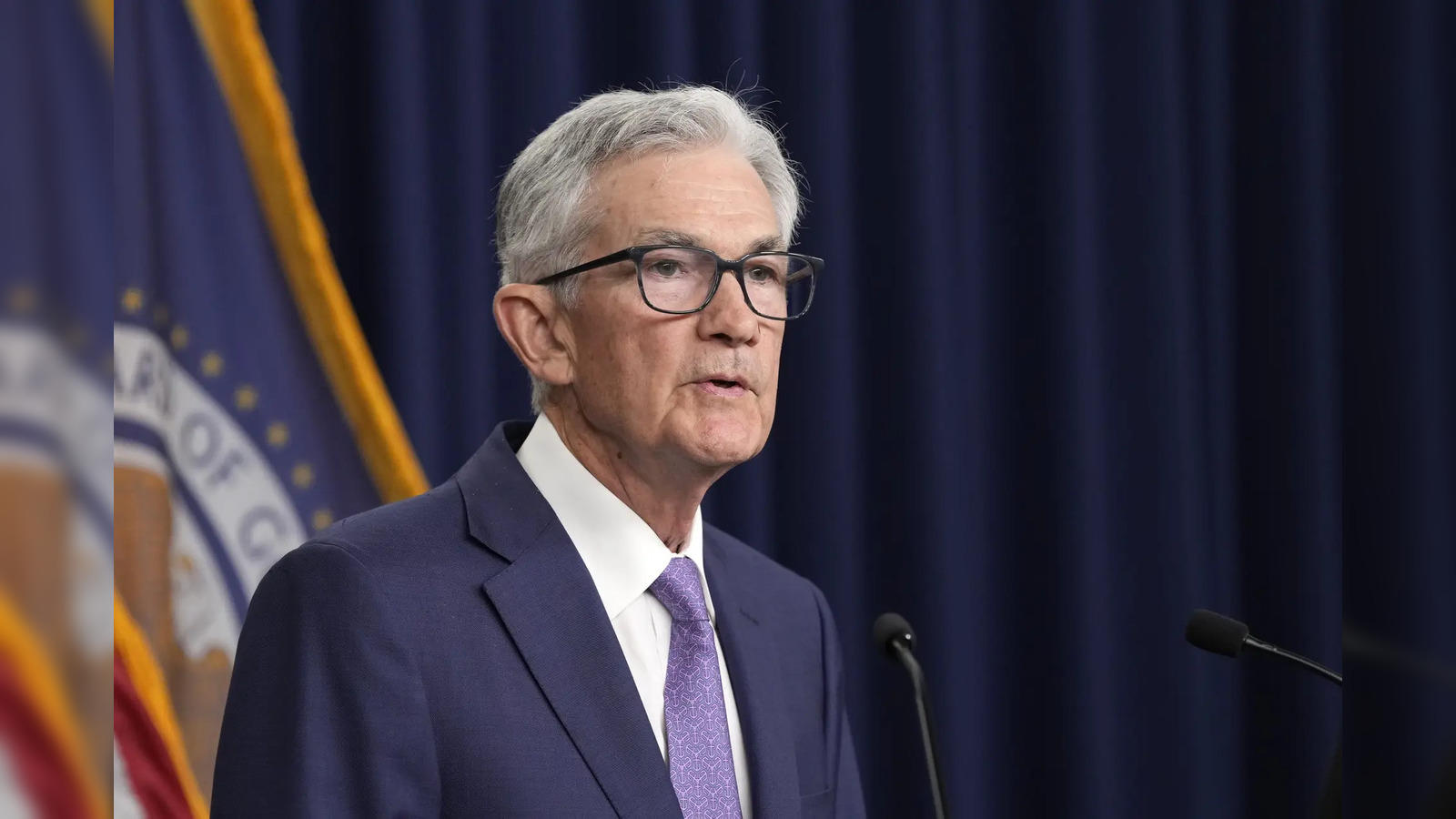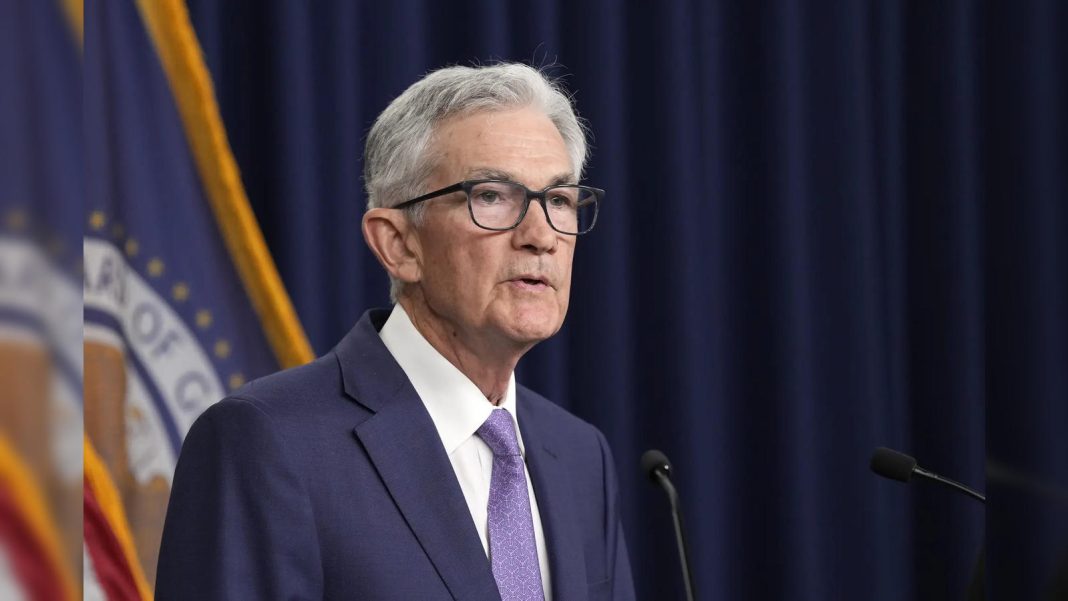 The current Consumer Price Index (CPI) of 3 percent is seen as on target, even though it would have been considered high five years ago. However, this positive news for consumers needs to be put into context. The decline of 0.1 percent in the month-over-month CPI is influenced by what it excludes and can easily be reversed. It is important to note that this minor blip does not necessarily reflect the true state of the economy.
The current Consumer Price Index (CPI) of 3 percent is seen as on target, even though it would have been considered high five years ago. However, this positive news for consumers needs to be put into context. The decline of 0.1 percent in the month-over-month CPI is influenced by what it excludes and can easily be reversed. It is important to note that this minor blip does not necessarily reflect the true state of the economy.
There is speculation that the new target for CPI is 3 percent, which is bad news for consumers and small businesses. This means that incomes will continue to struggle to keep up with purchasing power. The Producer Price Index (PPI), which receives less attention, shows signs of re-acceleration and indicates worse year-over-year changes.
Adjusting income per hour by official data reveals that incomes have been severely affected in recent years. This prepares the Federal Reserve for its plan to cut interest rates in the fall, which seems highly likely. The expectation of this rate cut has driven higher financials and will continue to do so. However, loose credit can only sustain this growth for so long.
While a rate cut may seem beneficial for those looking to buy a house with a 30-year mortgage, it’s important to understand the limitations of the Fed’s control over interest rates. The shape of the yield curve may not be directly affected by a rate cut, and rates on long-term bonds and mortgages may stay the same or even rise. Additionally, the rate cut does not impact credit card debt, which already carries high interest rates.
Ideally, higher rates should discourage borrowing and encourage savings, but this cycle has shown the opposite effect. As household income becomes squeezed, credit card debt has risen significantly, along with delinquent payments. Meanwhile, the personal savings rate has fallen instead of risen.
The lack of discretionary income following high levels of spending during lockdowns and subsequent inflation has prevented people from responding to interest rate signals. This has resulted in a significant loss of purchasing power over the past five years. While some specific products, such as consumer electronics and certain clothing items, may reflect this loss, it is hard to believe that the overall CPI accurately represents the reality of rising prices.
Examining specific industries reveals different inflation numbers than what the Bureau of Labor Statistics (BLS) reports. For example, fast food prices have increased drastically, with some popular chain prices up over 100 percent. Housing and health insurance premiums have also seen significant increases, despite the BLS reporting lower numbers.
Both the government and industry have incentives to downplay or bury the truth about rising prices. There is no solid grounding for a rate cut in the foreseeable future, and there are risks associated with a rate-cutting policy to prevent a statistical recession. In the 1970s, rate cuts led to hyperinflation that the Fed could not control.
Although the job market is weak and output is stagnant, rising financials are not an imminent threat. The frenzy over artificial intelligence has provided traders with a new speculative opportunity. Typically, financial sectors perform well in credit-soaked economic environments and are the last to be impacted in a crisis.
The explosive government spending since the pandemic began has resulted in significant debt that needs viable markets. The Federal Reserve steps in to rescue these markets, but at a great cost. Many people are concerned about an impending economic crisis, but the real issue may be a grinding stagnation coupled with ongoing inflation that could worsen with another rate cut.
In conclusion, despite the positive outlook of the current CPI and expectations of a rate cut, there are underlying issues that could lead to a crisis. The economy is facing a stagnation paired with inflation, and another rate cut could exacerbate these problems. It is crucial to consider the limitations of interest rate control and the potential risks associated with monetary policies.


